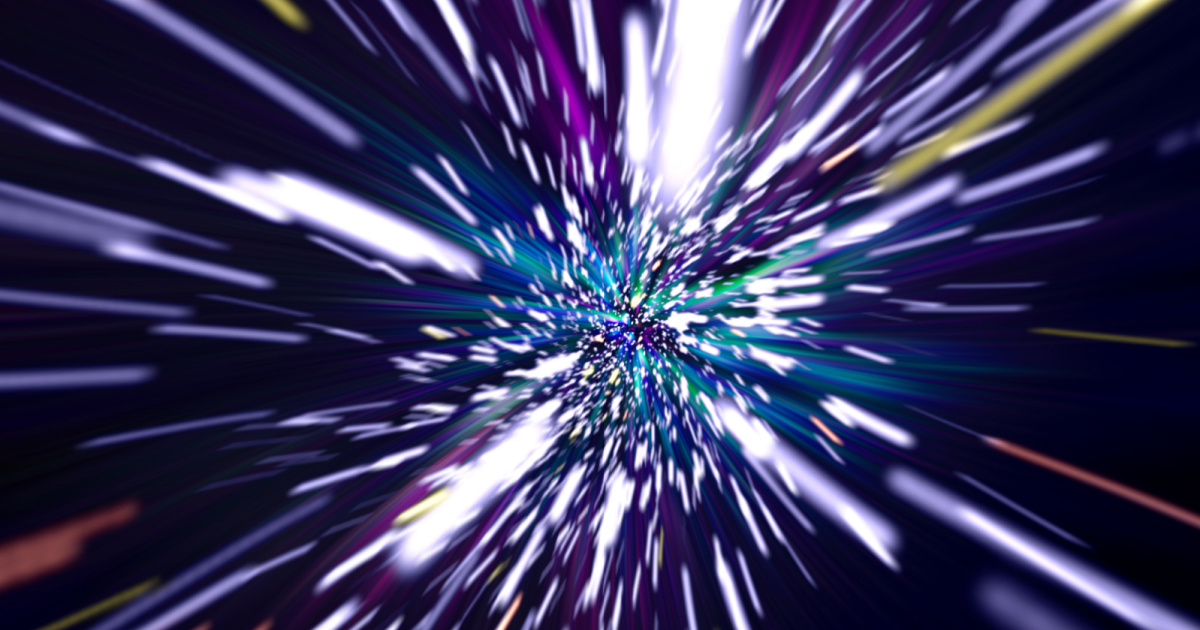
We can’t break the speed of light, but for decades, Hollywood has imagined that a warp drive could be the way around that.
How, though? And why do scientists actually think it could be possible?
The speed of light in a vacuum is the speed limit of the universe. As an object accelerates toward it, it has more mass and so requires more energy – infinite amounts – to continue to move toward it.
Which is disappointing to all of those who would really love the chance to explore more of our huge and ever-expanding universe.
Warp drives theoretically get around the speed of light problem by wrapping an object (like a spaceship) in a bubble of spacetime.
The ship remains stationary, but the bubble itself can travel at superluminal speeds.
Because while objects with mass cannot exceed the speed of light, regions of space can move away from each other at speeds faster than that.
Mexican theoretical physicist Miguel Alcubierre explains more.
“By a purely local expansion of spacetime behind the spaceship and an opposite contraction in front of it, motion faster than the speed of light as seen by observers outside the disturbed region is possible. The resulting distortion is reminiscent of the ‘warp drive’ of science fiction. However, just as it happens with wormholes, exotic matter will be needed in order to generate a distortion of spacetime.”
Physicists have attempted to reduce the amount of exotic matter required – and some who wonder whether or not it is necessary at all.
“Even if one believes that exotic matter is forbidden classically, it is well known that quantum field theory permits the existence of regions with negative energy densities in some special circumstances (as, for example, in the Casimir effect. The need of exotic matter therefore doesn’t necessarily eliminate the possibility of using a spacetime distortion like the one described above for hyper-fast interstellar travel.”
Some teams think it could be possible to use “traditional and novel gravitational techniques” to create a warp bubble using known physics.
This would still require a lot of energy – so much that it might not be possible to travel faster than light anyway.
Even if we managed to get our hands on exotic matter and/or a few technological revolutions, there are other laws of physics that could prevent the warp drive from becoming a reality.
One is that they could gather matter as they warp, and would have to unleash it as they slowed down, potentially obliterating where they were headed as they arrived.
Another is that breaking causality, and the fact that observers in different reference frames could start to disagree about the order of events.
There are no absolute reference frames that override others, so if you involve multiple observers and faster-than-light communication.
There’s probably something that will prevent us from breaking the universe.
But that could still probably be a bit of a scary gamble.
If you thought that was interesting, you might like to read about a second giant hole has opened up on the sun’s surface. Here’s what it means.